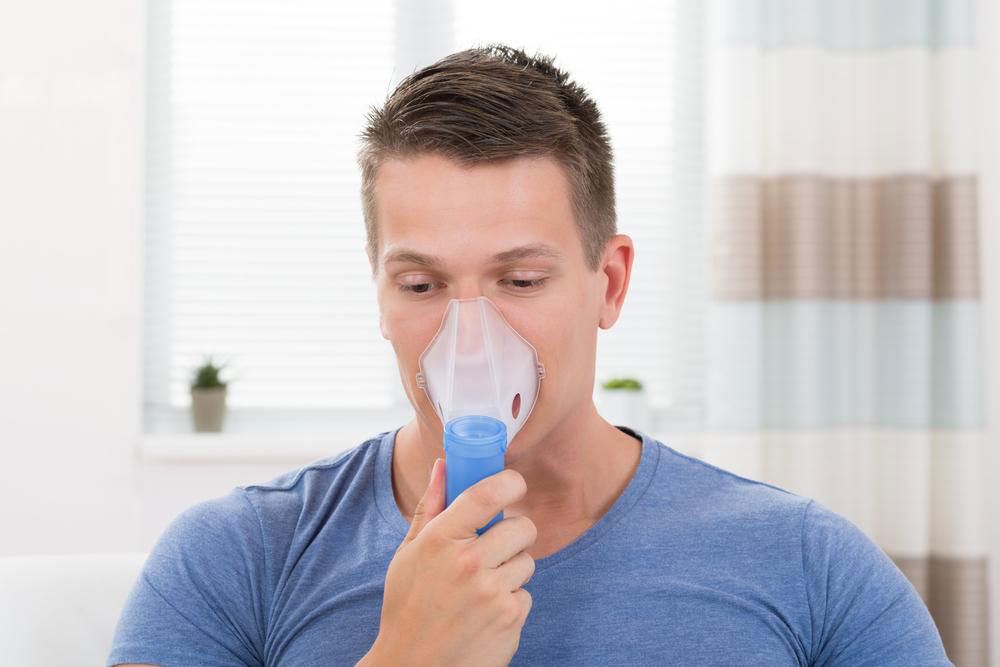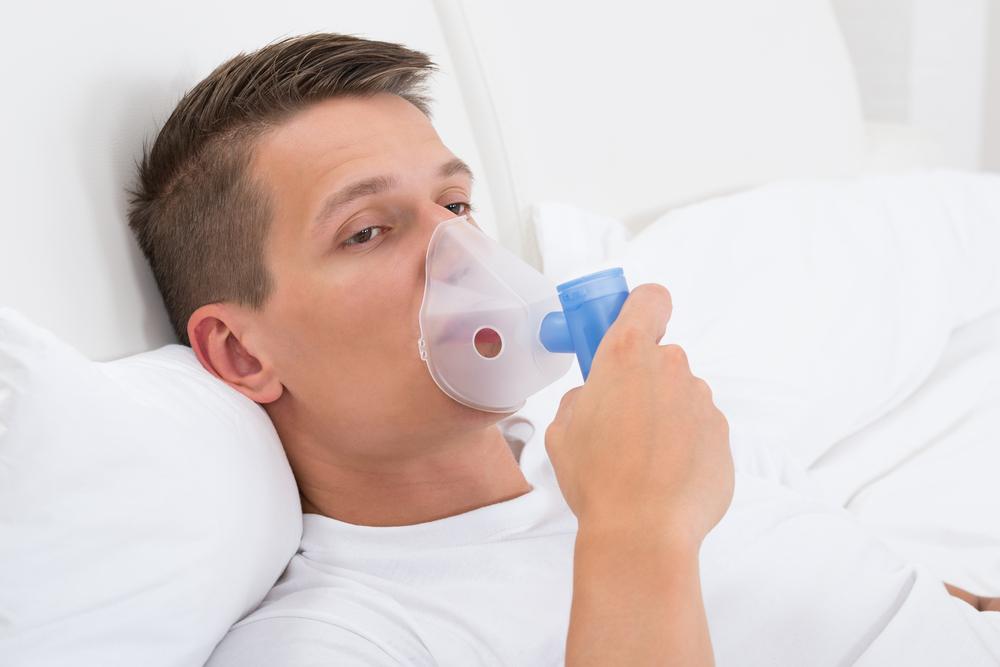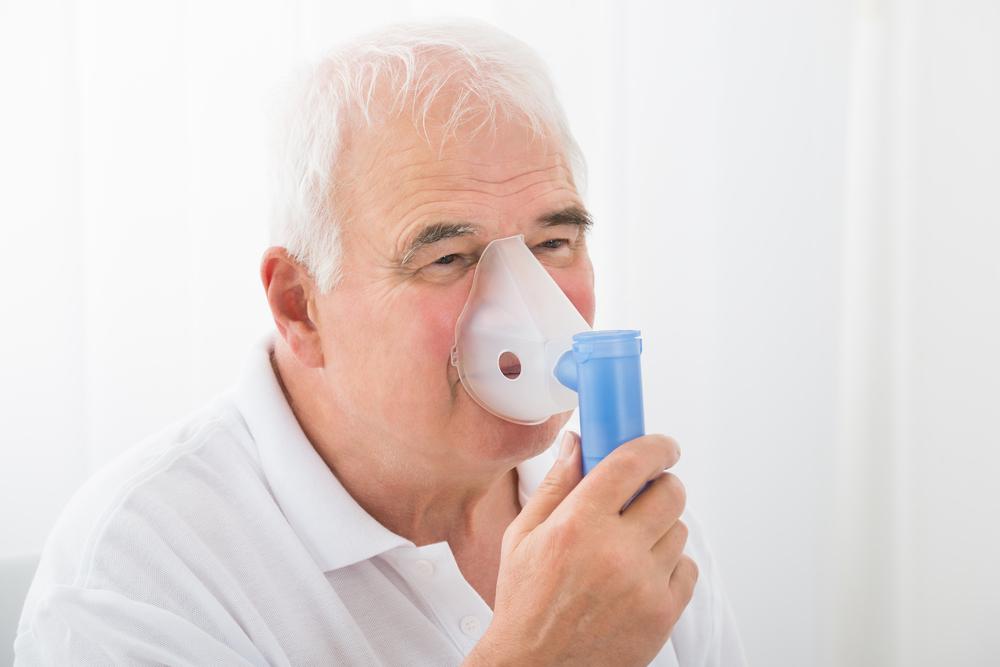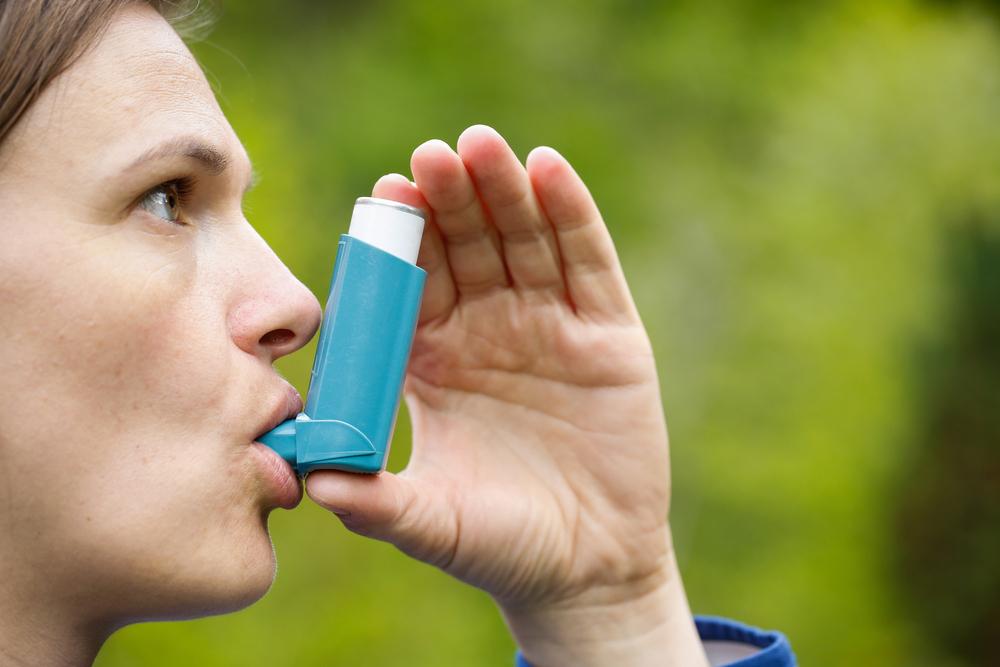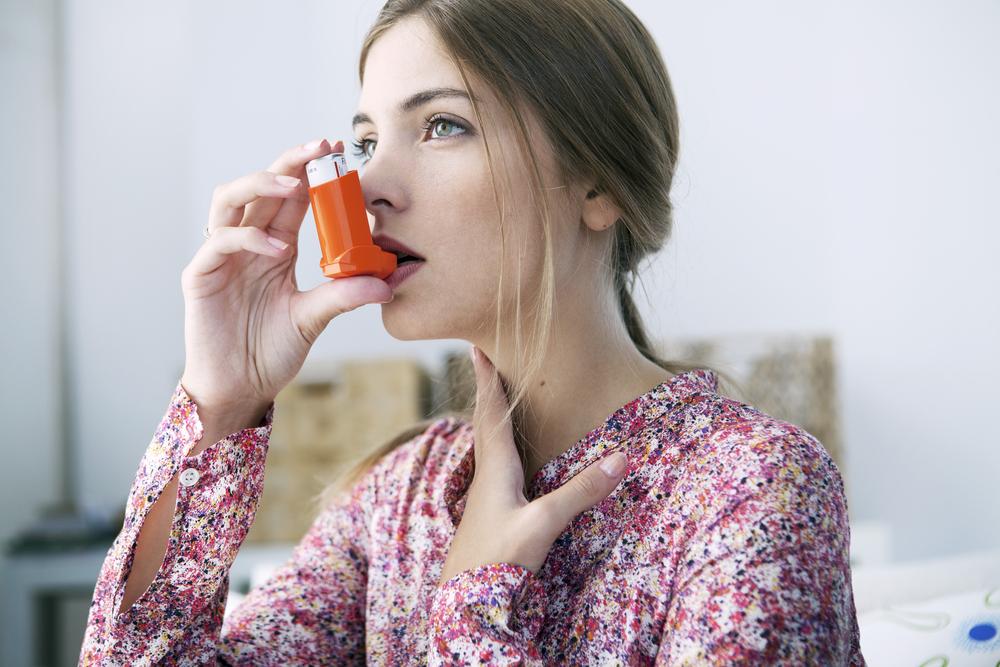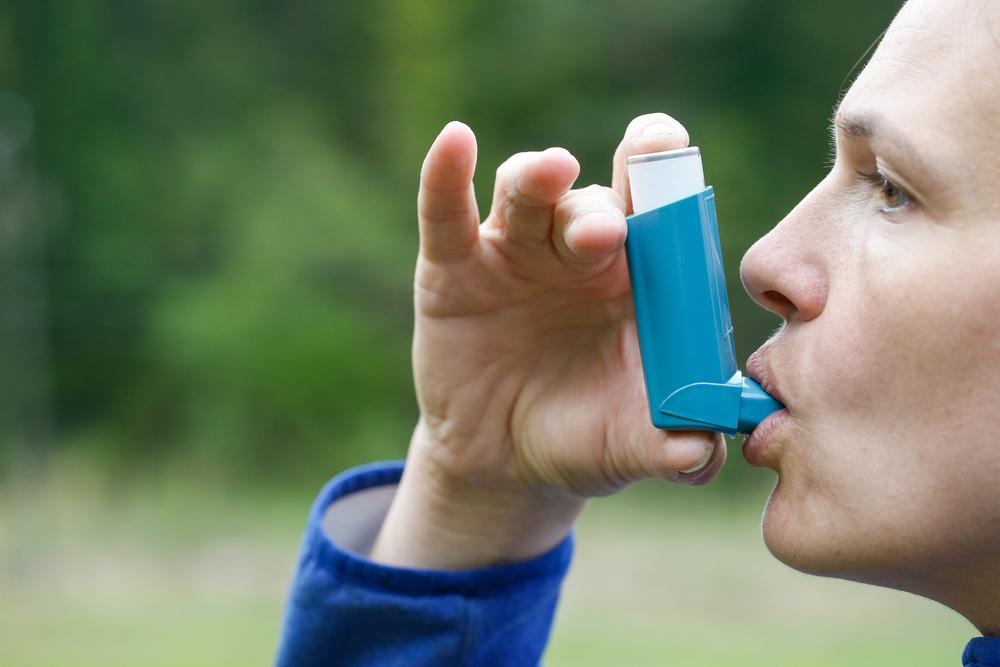Different Types of Inhalers for COPD Management
Explore the different types of COPD inhalers, including HFA, DPI, and SMI devices, their usage techniques, and benefits. Learn how inhalers help manage symptoms effectively, offering relief and improved breathing for COPD patients. Understand the importance of proper use and safety considerations when choosing inhalation therapies for better disease management.
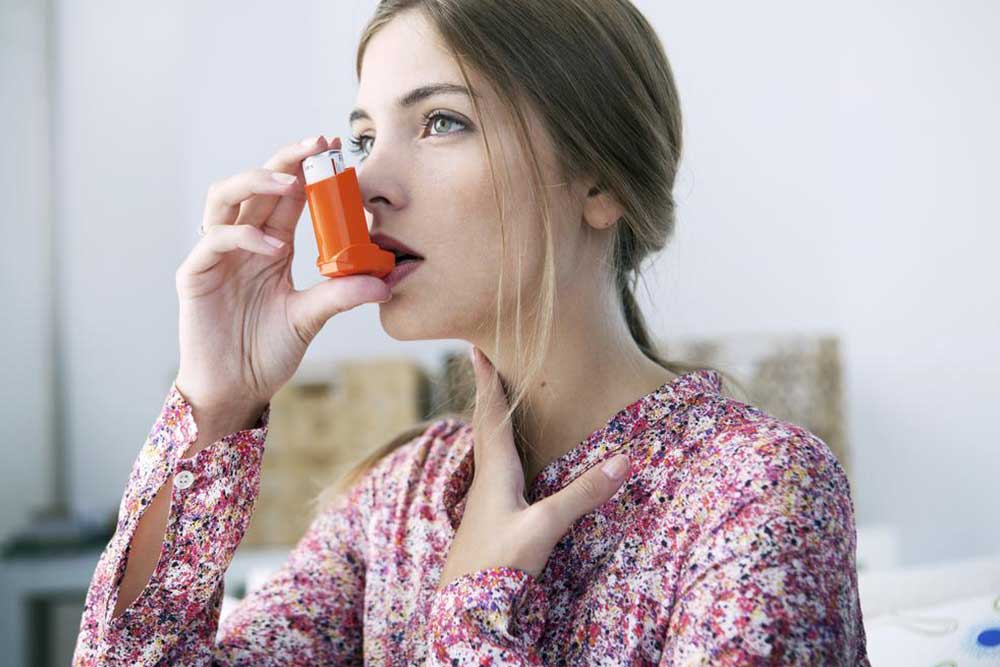
Different Types of Inhalers for COPD Management
Chronic Obstructive Pulmonary Disease (COPD) is a lifelong condition with no cure. Nonetheless, various treatments can alleviate symptoms effectively. Inhalers play a crucial role in easing breathing by relaxing airway muscles, making it easier to breathe. Alongside inhalers, additional medications may be prescribed to enhance comfort and symptom relief. These drugs are directly delivered to the lungs, offering targeted relief. When used correctly, inhalers are among the most effective tools to manage COPD symptoms and improve quality of life.
Learn about the various inhaler types and their benefits.
HFA Inhalers
These inhalers contain liquid medication delivered as an aerosol spray from a pressurized canister. To use, place your lips around the mouthpiece, press down to release the medicine, and breathe in slowly. Using a spacer can make inhalation easier by ensuring full medication delivery.
DPI Inhalers
Dry Powder Inhalers release medication as a fine powder rather than a spray. To administer, place your lips around the mouthpiece and inhale quickly and steadily. Exhale away from the device to prevent moisture from impairing the powder.
SMI Inhalers
Soft Mist Inhalers are user-friendly devices that do not require inhaling fast or slow. They deliver a pre-measured dose of medication as a slow mist with each press of a button. Simply place your lips around the mouthpiece and activate the device. SMI inhalers are among the most advanced COPD options available.
Nebulizers serve a similar purpose but are less portable and typically used in clinical settings. Both require prescriptions. Over-the-counter bronchodilator inhalers are available but may pose risks, especially for individuals with heart or other health issues. For COPD management, inhalers remain the safest and most effective choice.

